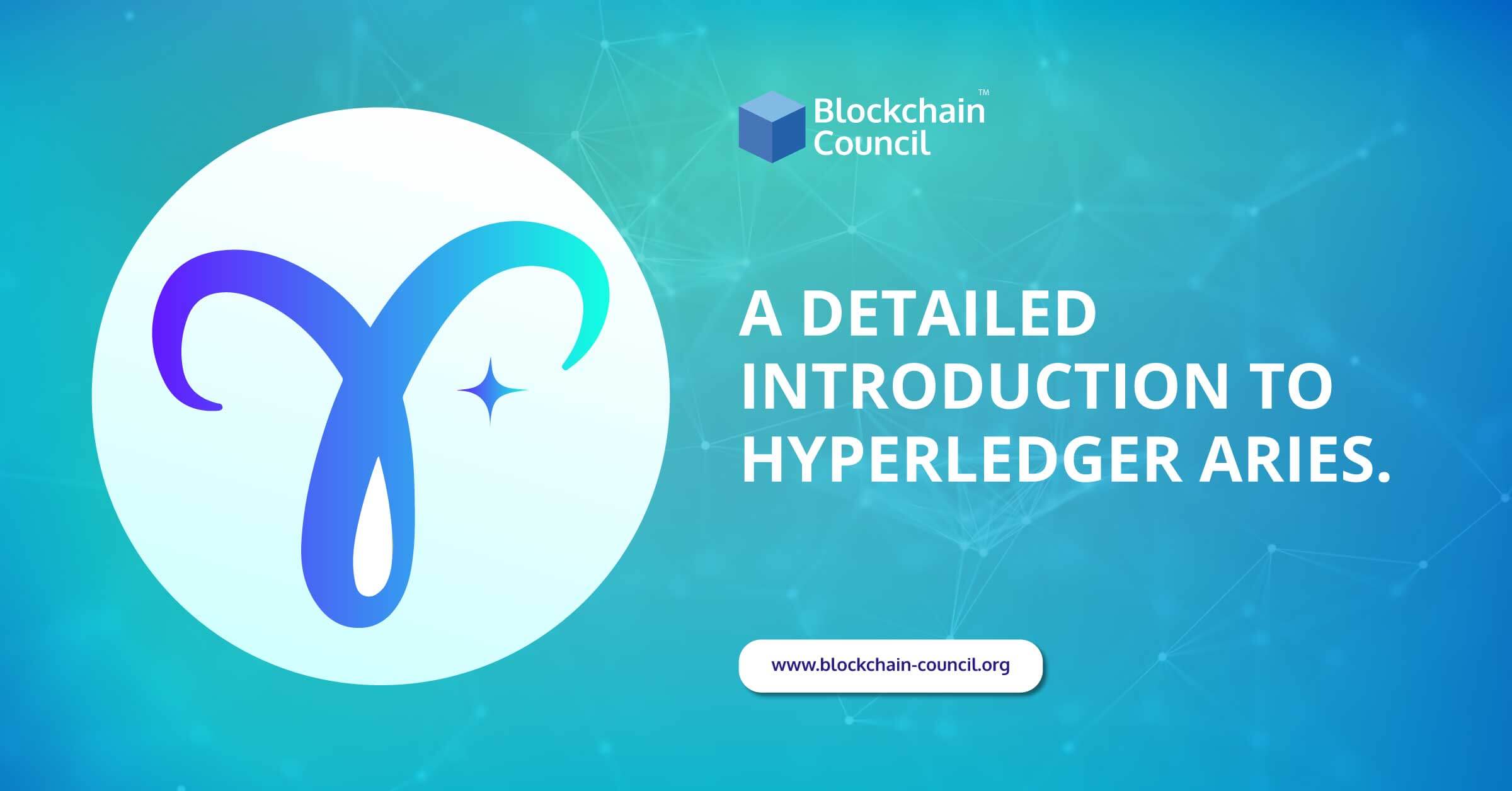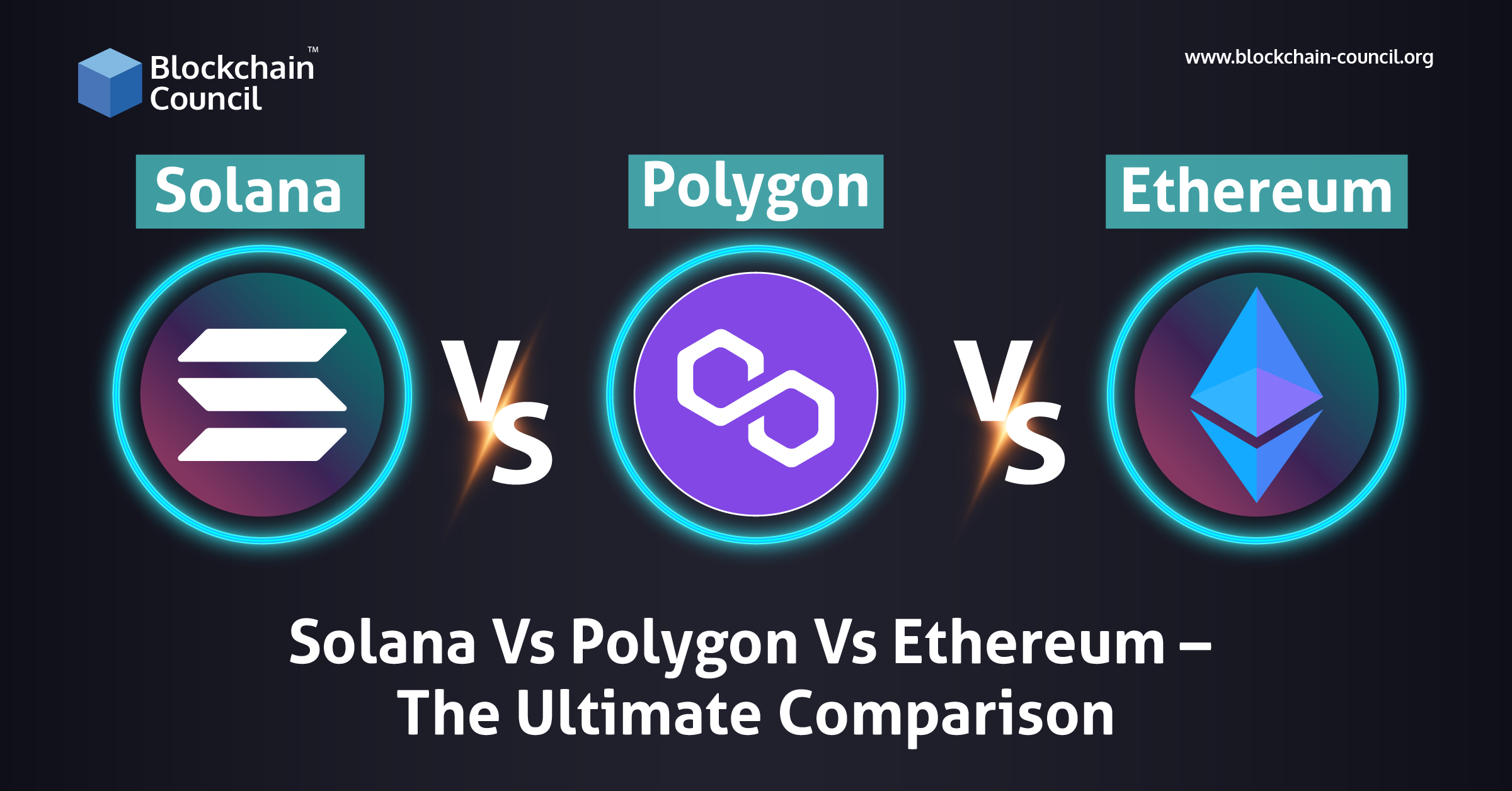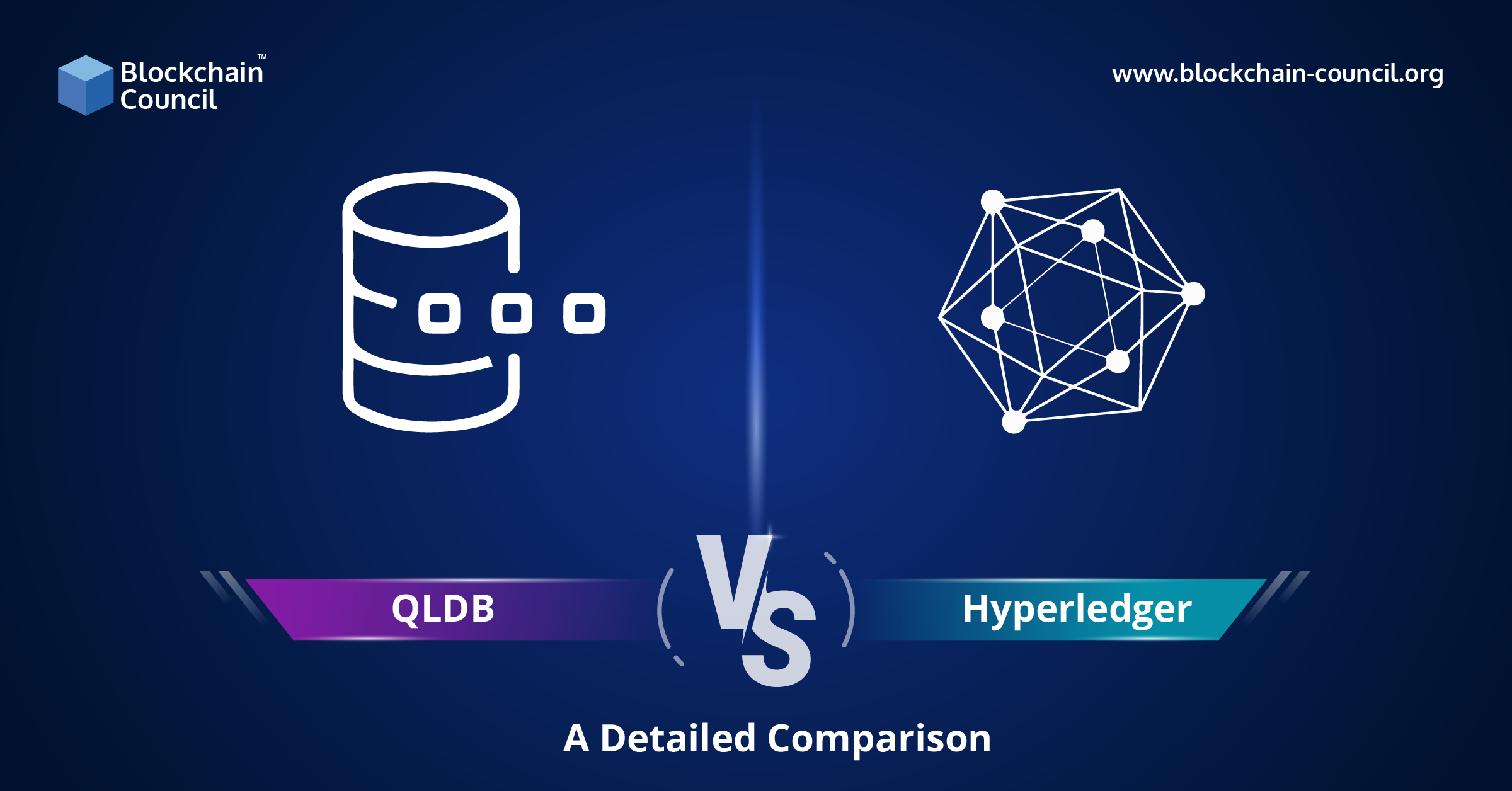
- Toshendra Kumar Sharma
- February 28, 2020
Hyperledger is an open-source, global collaboration hosted by The Linux Foundation. It helps create and develop enterprise-grade, distributed ledger frameworks to support business transactions. Hyperledger was launched in the year 2016 with an organizational and technical governance structure and 30 founding corporate members. It uses a modular approach to build blockchains, and this helps companies develop what works best for them. It has attracted big companies such as J.P.Morgan, IBM, Intel, and Samsung.
Table Of Content
- What is Hyperledger Aries?
- What Hyperledger Aries Intends to Do?
- Who is Involved in the Hyperledger Aries Project?
- Where did Hyperledger Aries Come From?
- What Does Hyperledger Aries Include?
- Hyperledger Aries- What’s Next?
- Conclusion
Identity is regarded as one of the most promising use cases of distributed ledger technology. Solutions and initiatives focused on creating, storing, and transmitting verifiable digital credentials will benefit from a reusable, shared, interoperable tool kit. One such shared infrastructure of tools launched recently is Hyperledger Aries. It is regarded as the 13th project on the hyperledger framework. Let us delve deeper to understand what Hyperledger Aries is and how it works.
What is Hyperledger Aries?
Hyperledger Aries is an infrastructure for peer-to-peer, blockchain-routed interactions. It is neither a blockchain nor an application. Hyperledger Aries helps in the exchange of blockchain-based data that facilitates interoperable interaction between several distributed ledger technologies (DLTs) and other blockchains and supports peer-to-peer messaging in various scenarios.
What Hyperledger Aries Intends to Do?
- Foster practical interoperability depending on how ongoing standards work. It aims to extend the applicability of technologies developed within Hyperledger Indy beyond the current community components from the hyperledger framework into an effective and single business solution.
- Provide code for verifiable information exchange, peer-to-peer interaction, secrets management, and secure messaging for several decentralized systems.
Who is Involved in the Hyperledger Aries Project?
The Sovrin Foundation is credited with being the primary contributor for this initial initiative along with the team from the Government of British Columbia. Possible contributions and endorsements from various organizations are in flight. Hyperledger has helped attract a variety of contributors and has proven to be an open, collaborative environment for growing the community. Hyperledger Aries has received an enthusiastic response from like-minded members of the community.
Where did Hyperledger Aries Come From?
Hyperledger Aries is related to both Hyperledger Ursa and Hyperledger Indy. Hyperledger Ursa provides Aries cryptographic functionality while Hyperledger Indy provides a resolver implementation. Aries uses the cryptographic support given by Ursa to provide both hardware security modules support and secure secret management. The main purpose of the Hyperledger Aries project is to change the client layers in Hyperledger Indy for facilitating interoperability with other identity projects. For some time now, Hyperledger Indy has been incubating protocol work between identity owners for peer interactions. As the development community has now grown in size, it has become evident that the scope of the work extends beyond the functionality provided by Indy for support of other networks and systems.
With the cryptographic code and the main wallet moving to its own project, it only makes sense to move the pieces that are needed for supporting the processes, to avoid cross dependencies between Hyperledger Indy and Hyperledger Aries and support a standards-driven approach.
What Does Hyperledger Aries Include?
- An encrypted messaging system for off-ledger interactions using multiple transport protocols between clients.
- A blockchain Interface layer that is also called as a resolver. It is used for creating and signing blockchain transactions.
- A cryptographic wallet to enable secure storage (not a UI, the secure storage tech) of cryptographic secrets and other information that is used for building blockchain clients.
- An implementation of ZKP-capable W3C verifiable credentials with the help of the ZKP primitives that are found in Hyperledger Ursa.
- A mechanism to build API-like use cases and higher-level protocols based on secure messaging functionality.
- An implementation of the specifications of the Decentralized Key Management System (DKMS) that are being currently incubated in Hyperledger Indy.
Initially, the generic interface of Hyperledger Aries will support the Hyperledger Indy resolver. But the interface is flexible in the sense that anyone can build a pluggable method using DID method resolvers such as Ethereum and Hyperledger Fabric, or any other DID method resolver they wish to use. These resolvers would support the resolving of transactions and other data on other ledgers.
Hyperledger Aries will additionally provide the functionality and features outside the scope of the Hyperledger Indy ledger to be fully planned and supported. Thanks to these capabilities, the community can now build core message families to facilitate interoperable interactions using a wide range of use cases that involve blockchain-based identity.
Hyperledger Aries- What’s Next?
The main goal of Hyperledger Aries is to provide a dynamic set of capabilities for storing and exchanging data related to blockchain-based identity. These capabilities will range from the secret, secured storage of data such as private keys, until the capability of globally accessible data that can be accessed or viewed by anyone. A typical example of such support is creating a secured storage solution similar to the wallet that is available today in Hyperledger Indy.
Another functionality of Aries that may be in scope for a 1.0 project release would be a Decentralized Key Management Solution (DKMS) that would add wallet backup, key recovery, social recovery, and restore functionality. With DKMS, clients will require a way to interact peer-to-peer with one another. This is currently in development within Hyperledger Indy. A majority of this work will be based on the DKMS documents that are outlined in the Indy-HIPE dkms design folder. This will help store private keys, verifiable credential data, relationship state data, and functionality that could perform operations with this data without the need for extracting this data.
Conclusion
The contributors of Hyperledger Aries and the Hyperledger framework eventually hope to provide a scalable, searchable storage layer that has the capability of storing other data that is necessary for identity maintenance. Some examples of this are health records, pictures, or other personal information.
To know more about Hyperledger and get instant updates about hyperledger certifications, check out Blockchain Council.





































































 Guides
Guides News
News Blockchain
Blockchain Cryptocurrency
& Digital Assets
Cryptocurrency
& Digital Assets Web3
Web3 Metaverse & NFTs
Metaverse & NFTs
